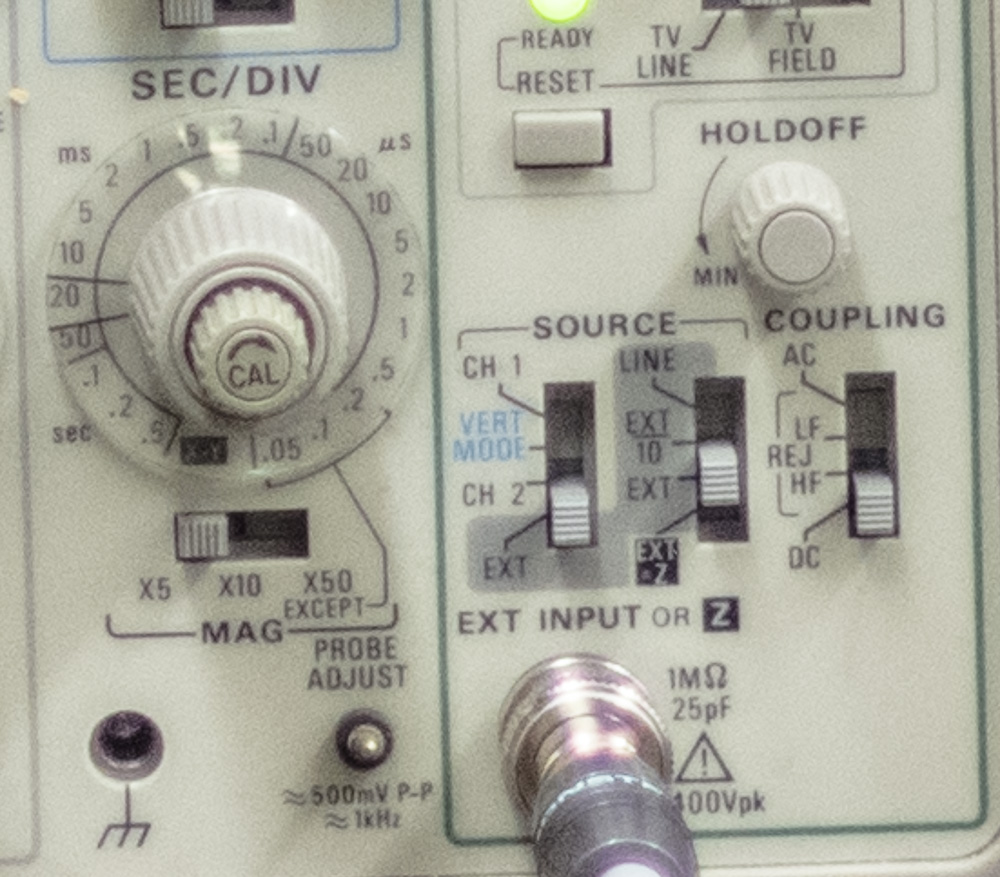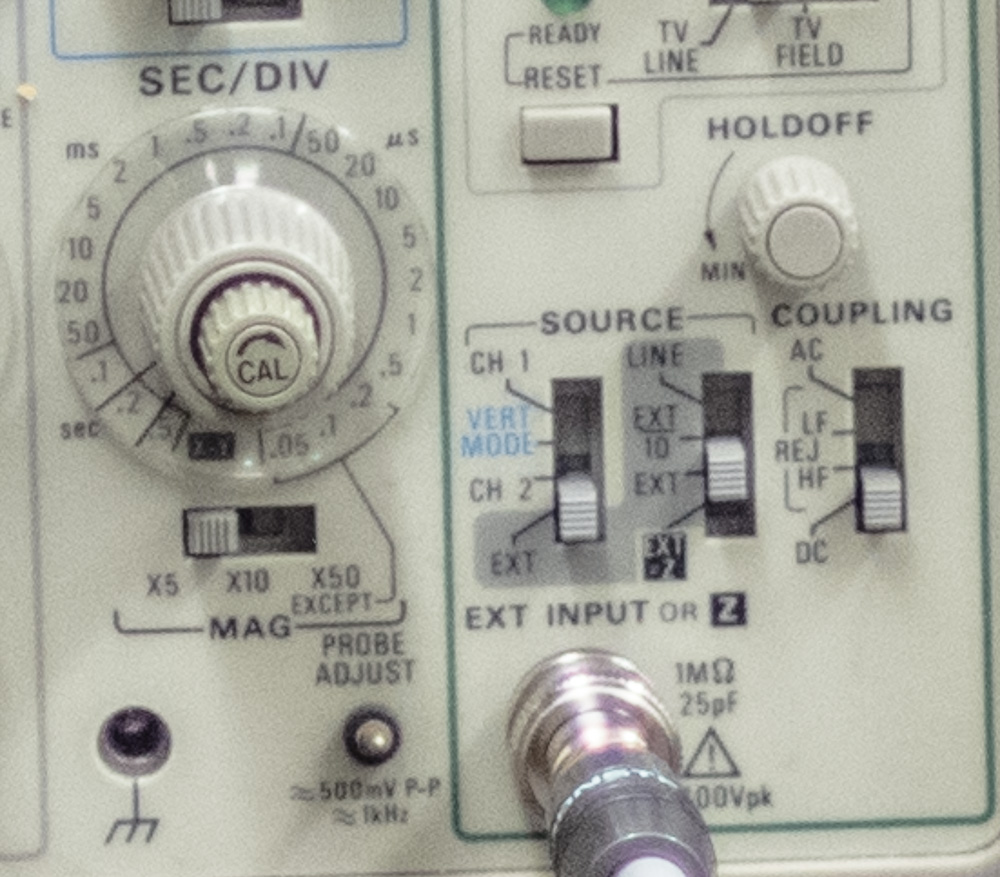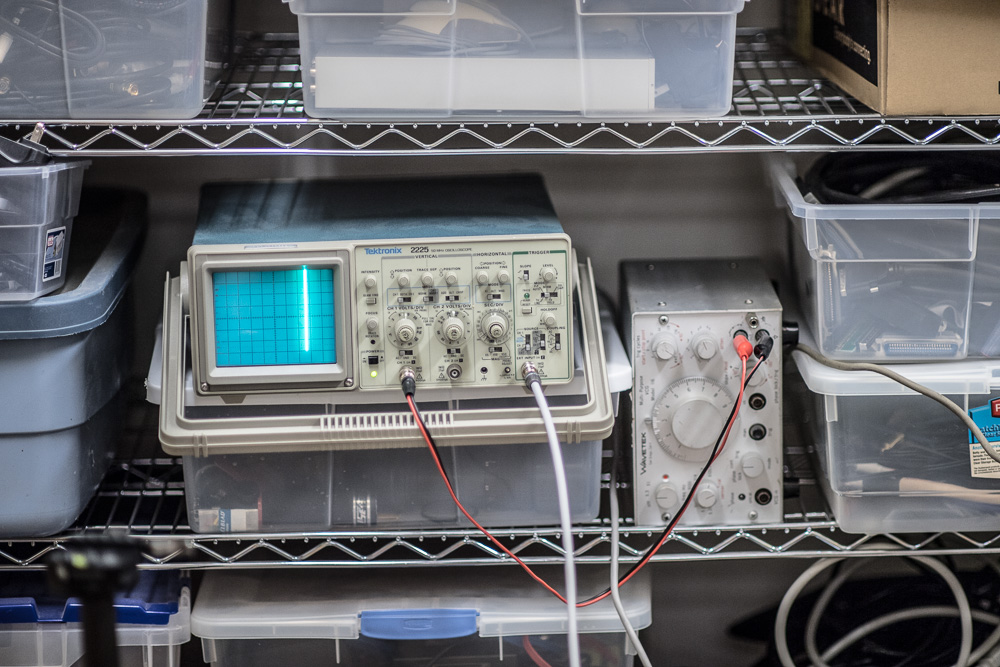This is part of a series of posts about the Nikon D5. The series starts here:
One of the things that people would like to get a sense of is relative autofocus (AF) speed across cameras with quantitative results and a well-defined testing regime. To my knowledge, such information has been thin on the ground. Previously I came up with a way to measure autofocus accuracy, and, although it is moderately labor intensive (make that extremely labor intensive, if you want to see the interaction of AF and LoCA), I’m pretty happy with it. Sadly, that technique yields no information about autofocus speed.
In an attempt to develop a speed measuring technique — in my heart of hearts, I would really like a way to measure both speed and accuracy simultaneously, and this approach has the possibility of growing into that — I attempted to do two things: a) include a timing device in the test images, and b) trigger the camera’s AF operation and that device simultaneously.
For the development of this test, I figured I’d start with the D5 — hey, this is a song about Alice — and the first lens that fell to hand, which turned out to be the Nikon 135mm f/2 DC-Nikkor.
My chosen timing device is an ordinary — well, becoming less ordinary all the time; make that obsolescent — analog oscilloscope, with a function generator attached to the y in put to make the trace more visible. I used the output of a remote release as the trigger signal. That way, the camera and the ‘scope would get the word at the same time. It took me a couple of tried to sort out the triggering polarities, but soon I got this picture with AF off:
Eventually, the test image will include a various focusing targets to test the mettle of the AF on the subject camera, but for now, I’m just winging it. Keeping the timebase generator part of the controls in the picture is nice, because it keeps track of the horizontal calibration:
You can see that the time base is set to 20 msec per division. If you go back to the full size picture, you can see that the delay is a little over four divisions, or 84 msec.
“Now, wait!” I hear you say. that’s too slow, with manual focus, the D5 ought to fire the shutter quicker than that.
You are correct. And the camera does get started on the exposure sooner. But it takes the D5 3 or 4 msec to make an exposure, and the ‘scope is in the middle, so subtract 2 msec fro the 84.
Yeah, I know. that’s still bigger than what people are quoting. I don’t know what to say.
I turned on AF, and tried to trigger the camera from the remote. It wouldn’t go off. When I was messing around with it, I discovered a curious thing: whan you trigger the camera from the shutter button, it sends a signal to the remote release that triggers the scope. I don’t know what delays are involved, though.
I adjisted the scope time base to get an image on the screen when the shutter went off. I had to change the time base to 200 msec per division instead of 20:
With that done, I got images like these:
A little less than 1.6 seconds of delay. That fits with my subjective impression.
Pretty awful, huh? However, I think I picked a very slow-to-AF lens, and I still don’t know how and when the scope is being triggered through the remote release line.
Early days.
More to come.




Eric says
80 msec seems pretty familiar for anyone used to work with flash.
I’m very interested to know the difference their new AF-P motor makes .